April 14, 2025 | 09:29 GMT +7
April 14, 2025 | 09:29 GMT +7
Hotline: 0913.378.918
April 14, 2025 | 09:29 GMT +7
Hotline: 0913.378.918
10. Khua Pig
Origin and distribution: Khua Pig is a local breed of pig originating in the mountainous area of Quang Binh, distributed along Truong Son range in Quang Binh province.
Appearance characteristics: Khua Pig can be black all over its body, with white spots on 4 legs or white patches on the body. The muzzle is generally long and strong, the back is quite straight.
Prolificacy: Its maximum weight can reach 35-40kg. Its average litter size reaches 5-7.
Direction of use: can be bred for specialty pork products.
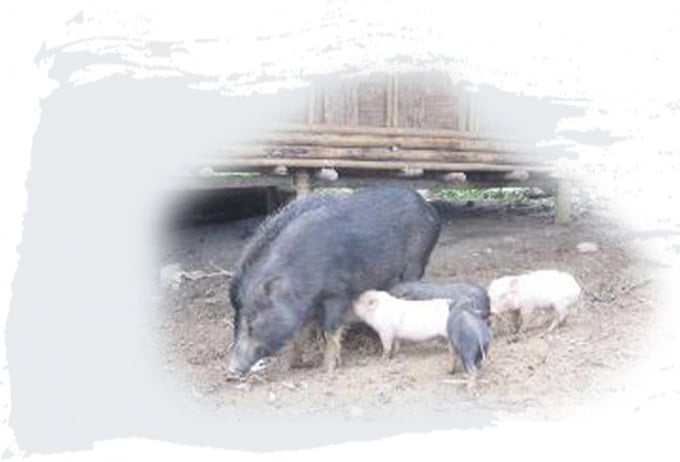
11. Kieng Sat Pig
Origin and distribution: Kieng Sat Pig is originated mainly in the districts of Ba To, Tay Tra, Quang Ngai province.
Appearance characteristics: Pig has black hair and skin, straight face, quite long snout, straight legs, short and slim body, small, medium-sized ears. The farrowing sow may have a saggy back.
Prolificacy: Age of first heat: 4-5 months. The number of live newborns reaches 6-9; number of weaners at 60 days of age: 6 - 9. Weight of newborn piglets: 2.5 - 3.5kg/litter; Weaning weight: 20 – 32kg. Very slow growth rate: 4 kg at 4 months, 30-40 kg at 8 months.
Direction of use: Can be bred for specialty pork products.
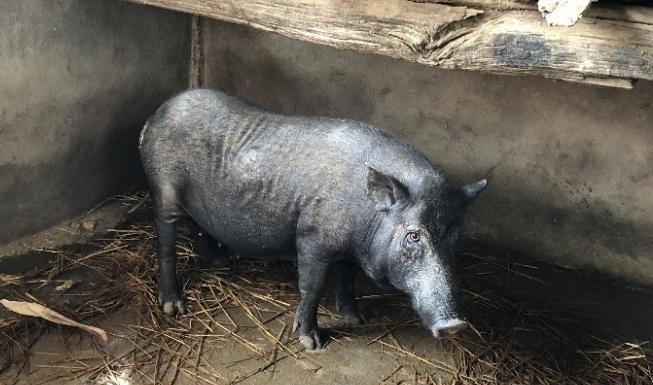
12. Man Pig
Origin and distribution: Man Pig is originated and concentrated in districts of Kim Boi, Da Bac, Ky Son, Tan Lac, Cao Phong, Hoa Binh province.
Appearance characteristics: Man Pig has small stature, small face, long snout, slim and short body, small and upright ears, straight or slightly sagging back. The hair is long and hard: 64% are jet black and 36% are black with white spots in the forehead, tail tip, or feet. The skin was jet black, even the muzzle, the breasts, the four feet, and the toes are black, too. Some are white on 4 feet and belly.
Production ability: Matures at 7-8 months, gives birth at 360 days of age with 1.3 litters/sow/year. Birth weight: 300g. Average litter size: 5 - 6. Weight at 10 months old: 35 kg. Gains 160g/day. Consumes 6.5 kg animal feed/1kg of weight gain.
Directions of use: Breed for meat in poor farming conditions and for specialty pork.

13. Meo Pig
Origin and distribution: The Meo Pig is a breed of the Mong, raised in households in some mountainous communes where the Mong live. The Meo Pig has been domesticated by the Mong people for a long time in the all-year-round cool highlands.
Appearance characteristics: The Meo Pig has a fairly large stature. The skin and hair are black. The skin is thick, the hair is long and hard. Its head is large and broad with a hachet face. The forehead is broad and usually has a ridge. The snout is slightly long, the ears are medium and slightly forward. Its shoulder is broad and its back are flat or slightly arched. The hips are wide and flat. The buttocks are wide and usually higher than the shoulders. The belly is big and long but not saggy. The feet are tall and straight, with a coarse ring, and it stands on the front two toes.
Prolificacy: Piglet birth weight: 0.47kg. Average litter size: 4-6. The number of piglets after weaning: 4.0; Average weight after weaning: 4.83kg.
Direction of use: Breed for meat or specialty pork products.
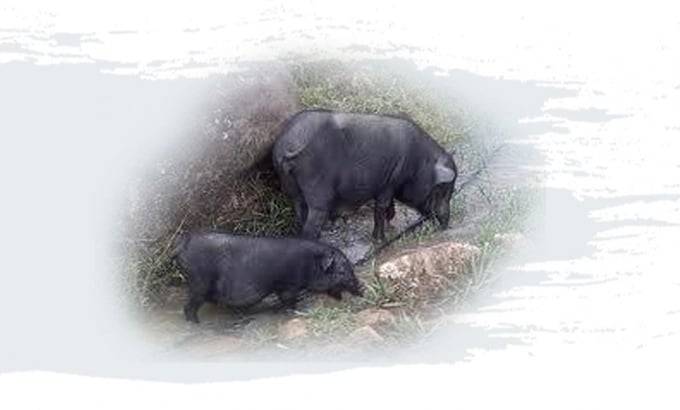
14. Muong Khuong Pig
Origin and distribution: Muong Khuong is a breed of pig raised in many areas in Lao Cai province, especially in Muong Khuong district. Muong Khuong pig is raised mainly in the Northern midlands.
Appearance characteristics: Muong Khuong Pig has jet black hair or with some white spots on the tip of the tail and on the legs. Its hair is thin and soft. Most of them have a long, straight or slightly curved snout. The forehead is wrinkled, the ears are big and slightly pulled forward.
Prolificacy: Age of maturity is 5 - 7 months, a sow gives birth to an average of 1.2 - 1.3 litters per year, birth weight: 600g. Number of live newborns: 5 - 6. Weight at 12 months old: 90kg.
Directions of use: Breed for meat in poor farming conditions and for specialty pork products.
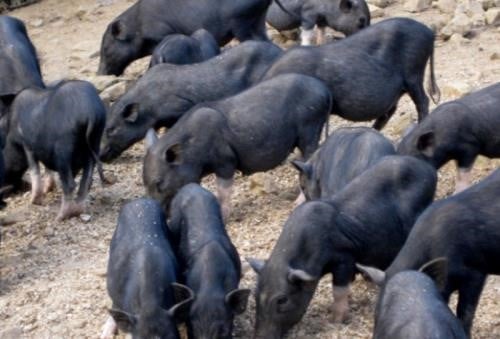
Author: Nguyen Huan. Translated by Meagan Phan. Edited by Duc Huy.
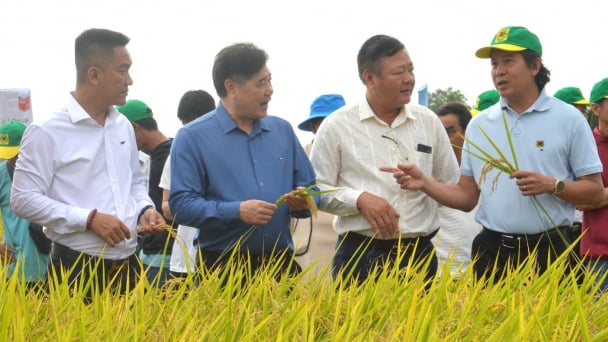
(VAN) The results from pilot fields are catalyzing the expansion of the One million hectares of high-quality, low-emission rice project in Kien Giang.
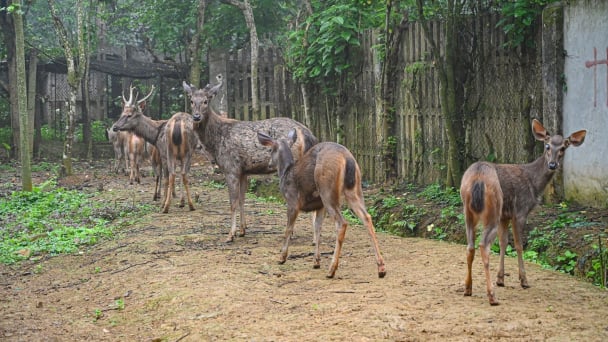
(VAN) On the morning of April 11, Cuc Phuong National Park received 18 individuals of endangered and rare wild animals from Da Nang city.
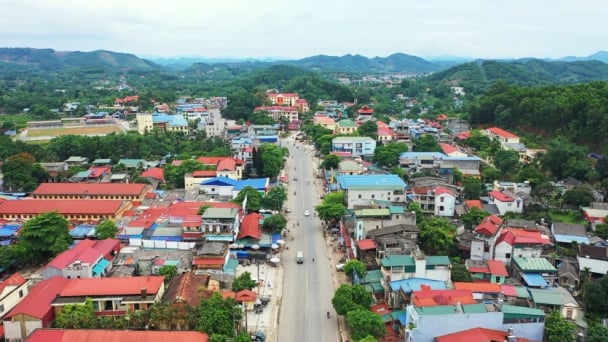
(VAN) FAO supports Vietnam in enhancing survey sampling techniques for the 2025 nationwide agricultural and rural census.

(VAN) By participating in the green transition, manufacturers become an indispensable part of the circular economy, contributing to resource optimization and environmental protection.
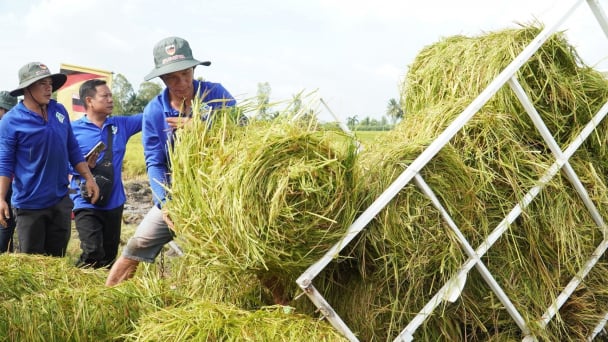
(VAN) The One Million Hectares of High-Quality and Low-Emission Rice Program can generate nearly 14 million tons of straw annually, posing an urgent requirement to diversify straw-based products.

(VAN) This figure was recently announced at a conference held in Yen Bai, focusing on climate-resilient infrastructure development for ethnic minority regions.

(VAN) The evacuation center is a practical work in efforts to respond to natural disasters and adapt to climate change in vulnerable areas.